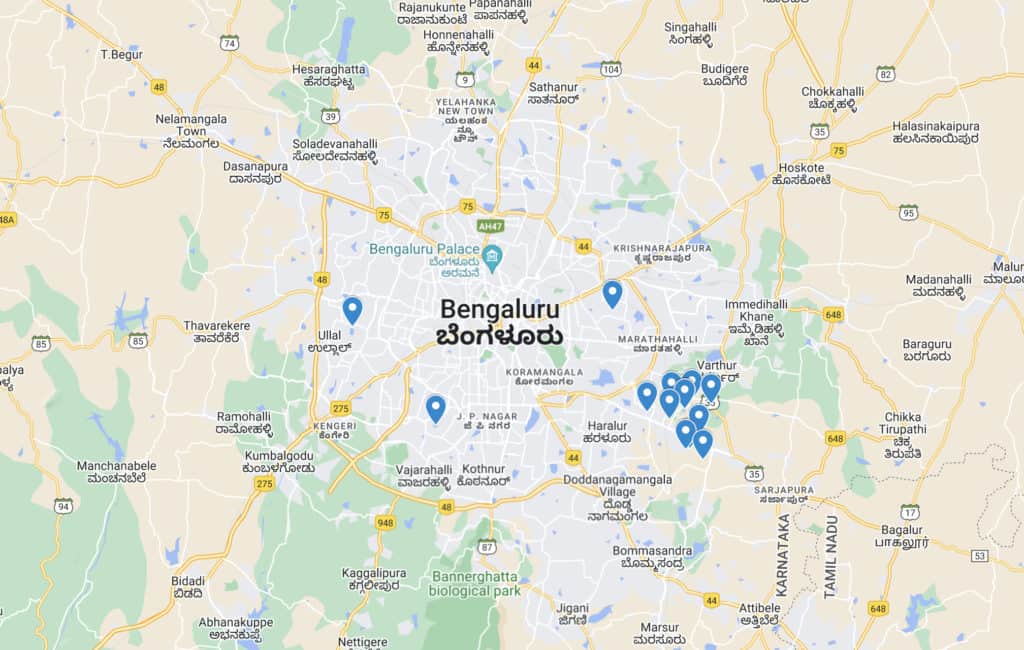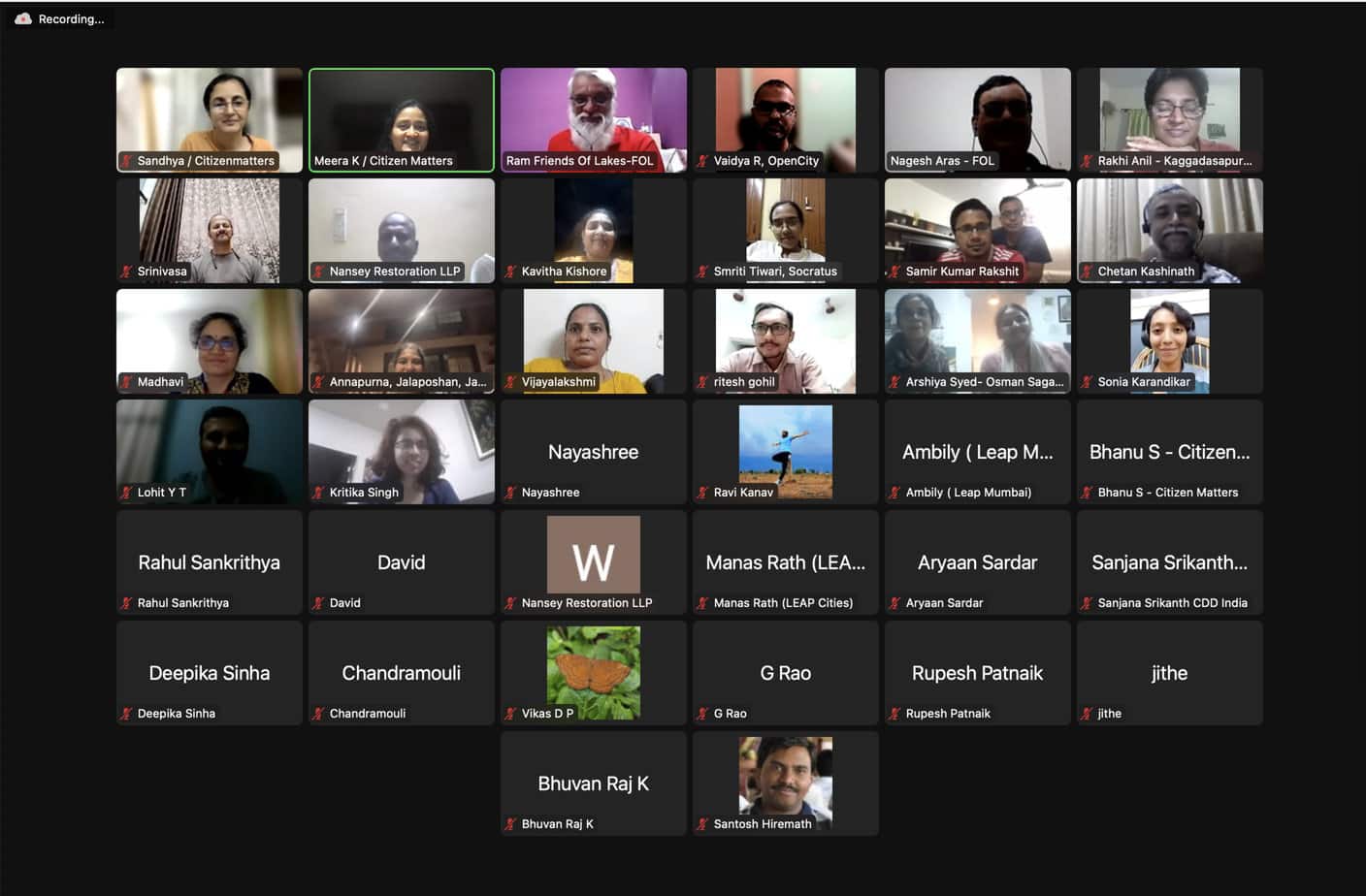As part of the Citizen Journalism for Changemakers – CJC Programme, Oorvani Foundation organised a masterclass on Urban lakes on 29th September. The session was aimed at engaging citizens in a discourse on lake rejuvenation/management. About thirty-five participants attended the 2-hour masterclass class which involved short exercises and two sessions by experts, Ram prasad and Nagesh Aras who have been associated with Friends of Lakes (FOL) for many years.
In the first session, the topics covered were related to asset management which is an integral part of any lake rejuvenation project. When a lake is rejuvenated, it creates assets and it is important for citizen groups/communities to understand the role of these assets to ensure that they are maintained on a regular basis and demand accountability from the government regarding spending on lake assets. There are core assets, peripheral assets and cosmetic assets which perform different functions. Lake management involves three stakeholders– the guardian or custodian of lakes, regulatory authority and owner.
While the general public’s perception of a lake is that of a walking path, gazebo, children’s park, open gym etc, environmentalists define an urban lake as a flood mitigation zone, big rain water harvesting zone or groundwater recharge zone which is important for local water security and is a drinking water source. With Bangalore having more than 200 lakes, it is critical to view lakes as a groundwater recharge zone since the city currently imports water all the way from Kaveri meeting merely 50% of the city’s water needs.
The second session was about identifying different assets of a lake and understanding the framework of asset management. A lake is divided into three zones, the ecological zone, social zone and lake periphery. Each zone has a number of assets which have a specific role to play in the lake ecosystem. These assets need to be audited by communities to understand the current scenario of lake assets and see if they need to be repaired or replaced.
Following the session, over a dozen lakes were audited by the participants. Here are the lakes which have been audited marked on a map.


